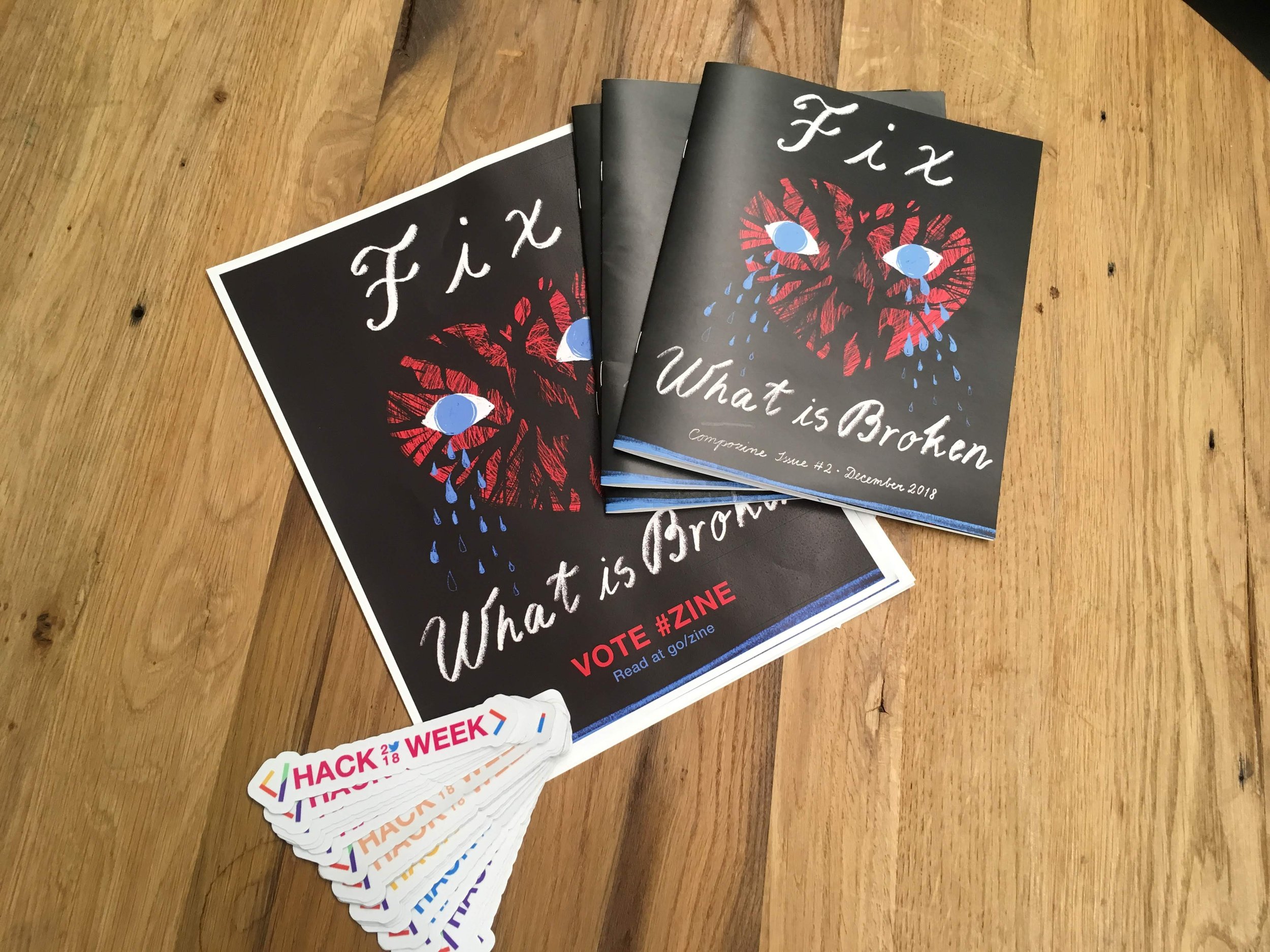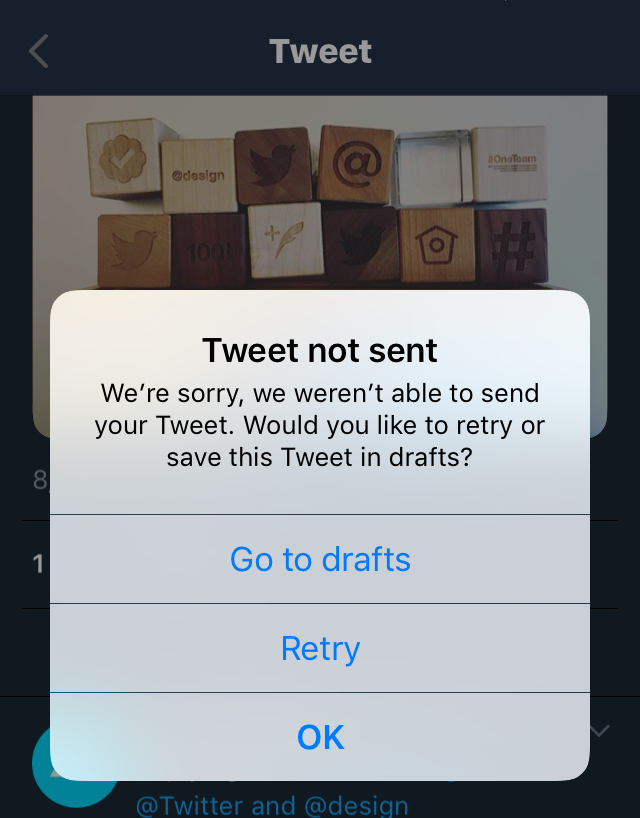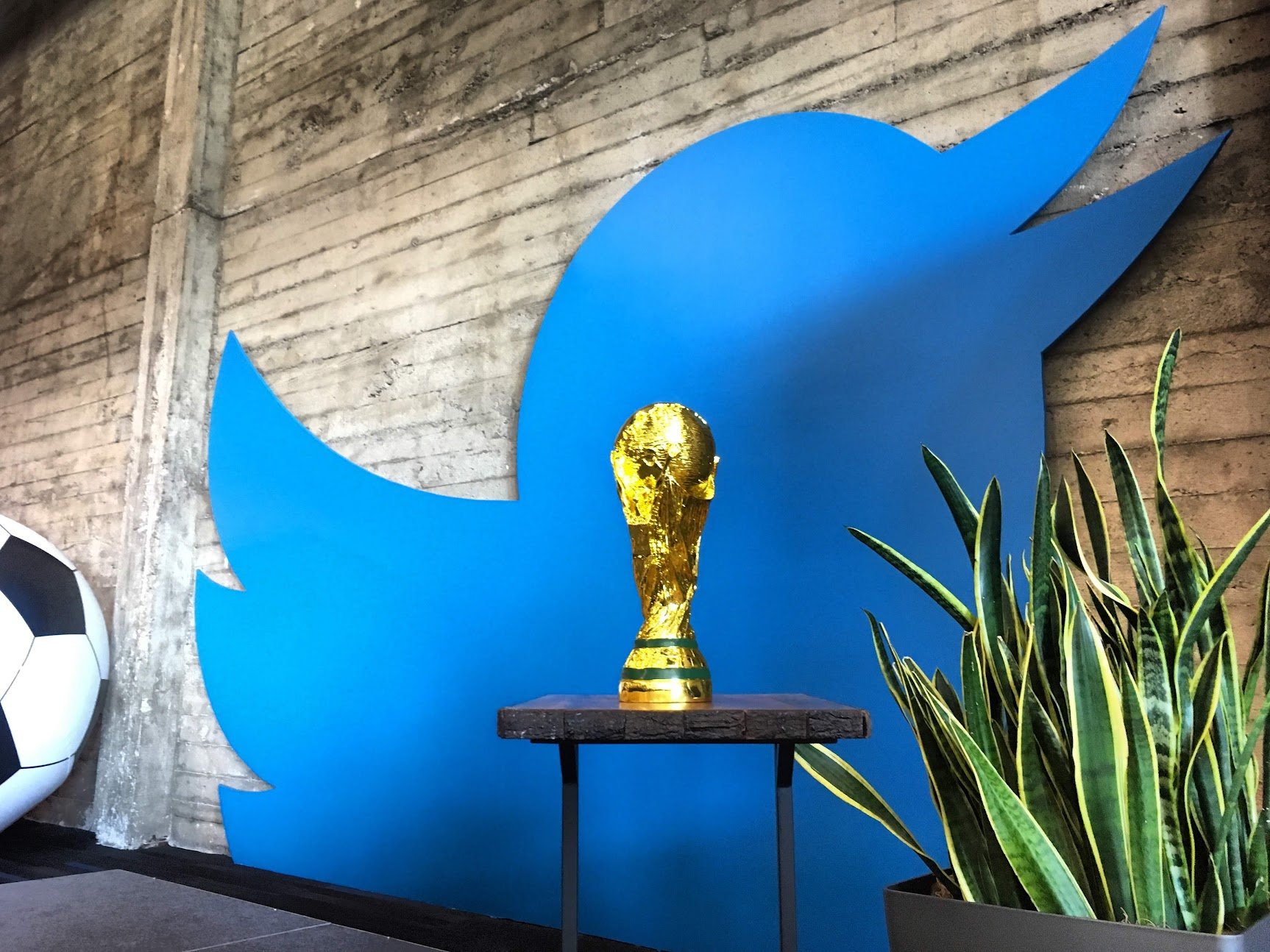Like Suicide
03 April 2023
Sign o’ the times.
Tonight’s post is a little bit of a throwback. When I first started these, it was a way to fill the void I was feeling as I abandoned Tweeting. But I ended up writing about Twitter quite a lot in those early days. So, as we come to the penultimate planned post here, it’s only fitting that the weekend’s events have forced me to look at the smoldering wreckage my favorite app has become.
Thankfully, these posts have kept me from logging into The Bird Site. I deleted the app from my phone long ago. I’m no longer loading the Explore tab on my laptop every other hour, either. I think it’s finally safe to say that my Twitter addiction is broken. But that doesn’t mean I’m immune to the continuing decline of a platform I spent so much time and energy helping to create. One such anecdote came to me at about 11 a.m. this morning when a friend in a Slack group shared a report that the Twitter logo had been replaced by Doge.
Now, I’m not a financial genius, nor do I have a business degree, but I’m pretty sure that using an image of a meme-ed Shiba Inu in place of an iconic logo which is known around the globe is not great for the potential profitability of your company. Never mind that the change comes days after April Fool’s Day, and during the window of time where the current management announced they would be removing the Verified check marks which helped people figure out which accounts were actually who they say they are. It’s almost like a voluntary self destruction. But through incompetence.
I usually like to bring solutions to conversations when I point out problems. But as I’ve said here before, I’m not being paid to solve Twitter’s problems any more, so I’ll leave that to others. I will say that if you were looking to add more nails to a rapidly built coffin, making it harder to trust the information you’re getting there would surely do it.
There are many things which could kill off a social platform. But most of the deadly choices currently being made at HQ seem to be self-imposed. It’s like knowing you’re deathly allergic to peanuts and deciding to sustain yourself entirely on a diet of Butterfingers. It’s not the fastest way to kill yourself, but it will bring additional issues along with completely, painfully destroying yourself. If I were advising Twitter users, I’d make sure that you’ve already downloaded your data, found another place where your community has gathered, and made the patient as comfortable as possible because it feels like they’ve made a Kevorkian-like choice.
See you tomorrow?
[Important note: I don’t make these suicide references unadvisedly. If you or someone you know needs help, though, you can call 988 in the U.S. at any time.]



















